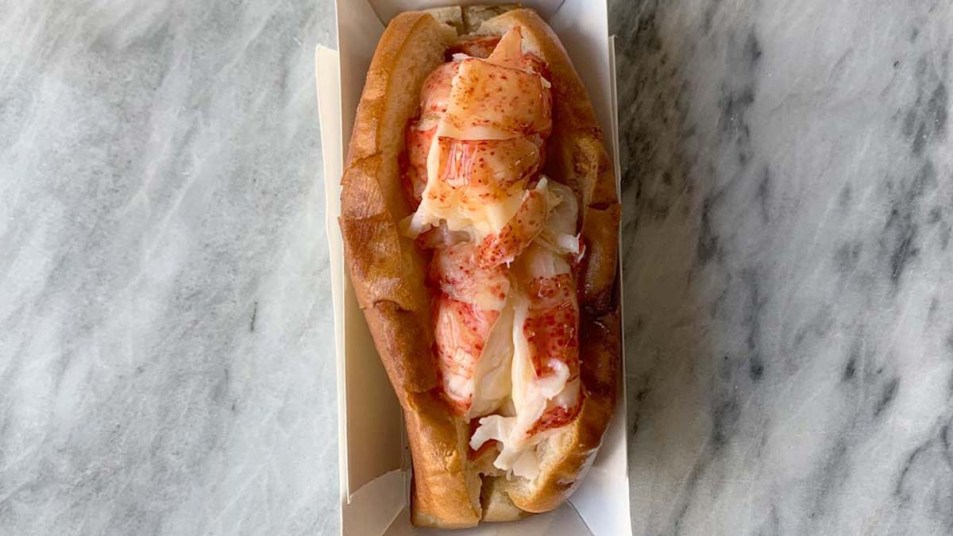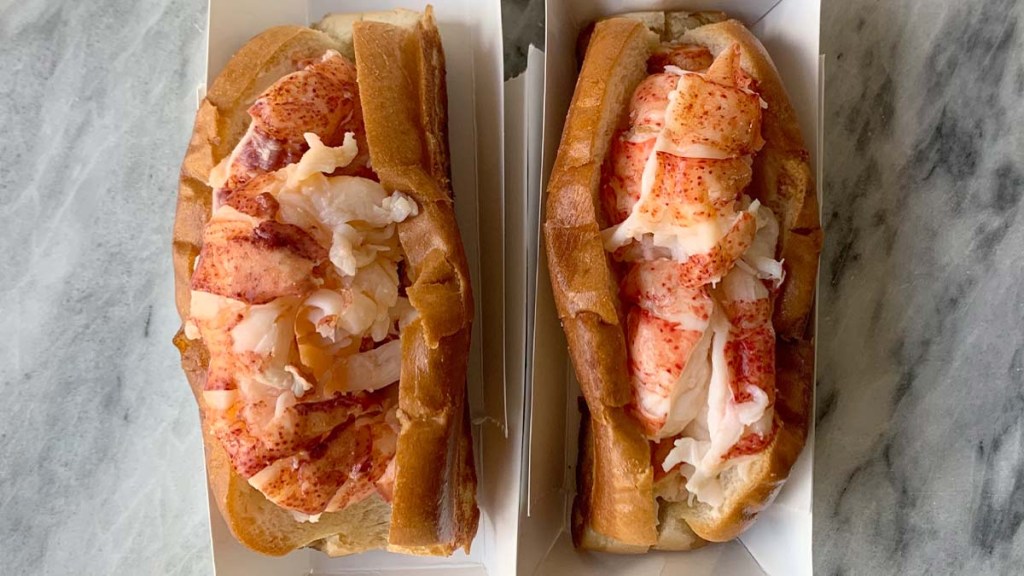I Tried Recreating a Maine Lobster Roll at Home — Here’s How It Tasted
Calling all lobster roll enthusiasts.

New Jersey isn’t exactly known for its lobster rolls. As a NJ native, I’ve noticed most of my food-loving friends who visit from out of state look forward to eating Garden State specialities like a ripe, juicy Jersey tomato or disco fries (a diner classic made with French fries, melted cheese, and gravy).
Unfortunately, my search for a mouthwatering lobster roll in my area has been unsuccessful thus far. So, I decided to take matters into my own hands and make some homemade lobster rolls to get a taste of this Northeastern favorite.
Lobster Roll 101
Depending on where you go, the definition of a lobster roll will differ. Food writer Emily Lee breaks down the two main versions in a FoodNetwork.com article:
- Connecticut-style lobster rolls are served warm with butter. “Hold the mayonnaise and bring on the butter. That’s the attitude of Connecticut-style die-hards, who believe a lobster roll served warm is simply called a ‘lobster roll’,” she writes.
- Maine-style lobster rolls are eaten cold with mayo. “It’s as simple as this: If the meat is cold, it’s a Maine lobster roll. In most cases, the meat is tossed with mayonnaise, tarragon, and celery or scallions before it’s piled into a bun,” she adds.
Additionally, a Maine lobster roll’s bun is different from its Connecticut counterpart. “Generally, it’s served on a ‘New England’ or ‘Frankfurter’ roll, which differs slightly from a standard hot dog roll in that the sides are flat and can be buttered on the outside and then lightly toasted or grilled.” Lee explains.
How To Make Maine Lobster Rolls
Lobster rolls aren’t the most budget-friendly of dishes, but every once in a while, I feel like a little splurge is necessary. Rather than buying and steaming fresh lobsters, I purchased a Maine lobster roll kit online from McLoons Lobster Shack.
This kit had everything I needed, including cooked and cleaned lobster meat and New England-style split top rolls. The kit also came with artisan sea salt butter and packets of mayo that I could use in my sandwich – the best of both worlds.
Below are the instructions I followed for assembling a Maine lobster roll.
Ingredients:
- 1/2 pound lobster tail, knuckle, and claw meat, cooked
- 2 New England-style split top rolls
- Casco Bay artisan sea salt butter
- Mayonnaise packets
- Roll sleeves (for serving the lobster rolls)
Directions:
- Let butter sit at room temperature until soft.
- Heat a non-stick skillet or griddle over medium heat. Using a spatula or knife, swipe both sides of bun with thin layer of softened butter.
- Place rolls in skillet and toast each side until golden (about 30 seconds on each side).
- Put finished rolls in paper sleeves. Spread mayo inside buns; one packet per roll. Fill each roll with 4 ounces (half a container) lobster meat.
- Melt remaining butter and either pour on top of each roll or serve on side. Enjoy.

The Moment of Truth
At first bite, I tasted the sweet and tender lobster meat, which balanced out the slight saltiness of the melted butter. The tiny amount of mayo inside of the bun also added a tangy flavor to the roll.
Although the lobster rolls weren’t huge, eating one was enough; the seafood meat and butter made it very rich.
I paid a little under $65 for a 2-pack lobster roll kit and it was worth it. I didn’t have to cook and remove the shells from whole lobsters or search for the split top rolls. Plus, I got fresh-caught lobster meat from Maine without visiting the state — which would’ve definitely cost me more than $65.
All in all, I’m happy with my at-home recreation. It was hassle-free, and if I’d been blindfolded, I honestly wouldn’t have known the difference between the lobster roll I made with the kit and the kind you get in restaurants in Connecticut and Maine. Here’s to many more lobster rolls in my future!
















